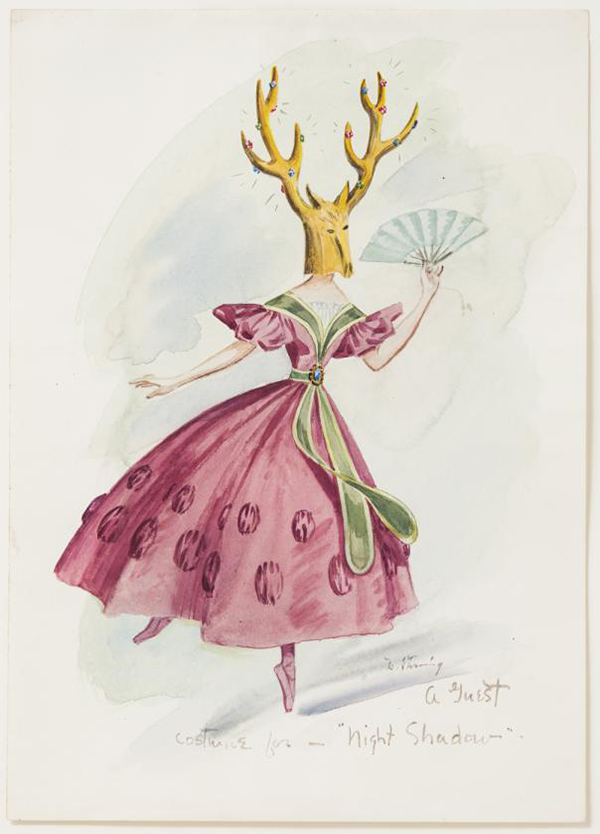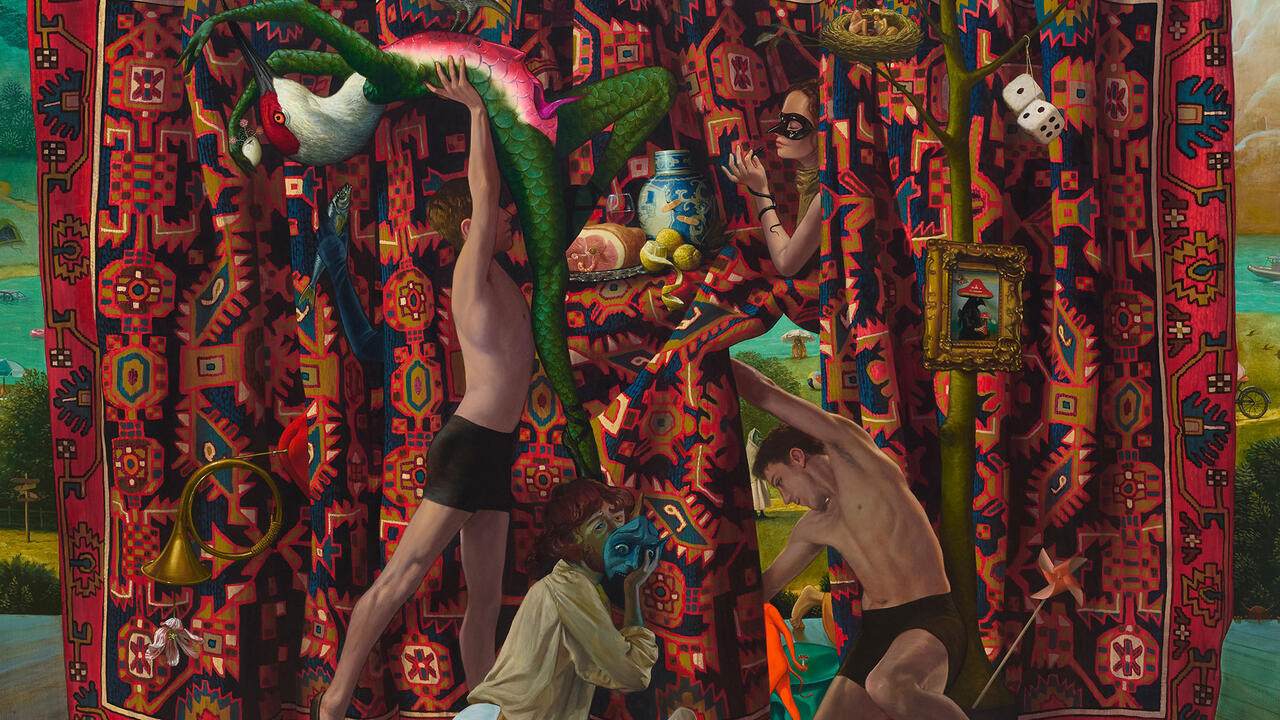Why the Resurgent Interest in Female Surrealists Needs to Be Reflected in Museum Collections
The current appetite for historical, underrecognized female artists is welcome but urgent work still needs to be done
The current appetite for historical, underrecognized female artists is welcome but urgent work still needs to be done

‘The problem of woman,’ André Breton wrote in his Second Manifeste du Surréalisme (Second Manifesto of Surrealism, 1929), ‘is the most marvellous and disturbing problem in all the world.’ In this short sentence, Breton laid the foundations for surrealism’s infamous misogyny: women were revered and central to the movement, but as muses, not artists in their own right. Happily, in recent years, many have seen the problem in Breton’s statement itself, and female surrealists are garnering much deserved late recognition. In 2017, ‘Dreamers Awake’ at London’s White Cube revisited the movement through the work of more than 50 women artists, a female-focused approach similar to that of the Manchester Art Gallery’s 2009 exhibition ‘Angels of Anarchy: Women Artists and Surrealism’. In-between the two came Tate Liverpool’s 2015 retrospective on Leonora Carrington, and this autumn, as ‘Lee Miller and Surrealism in Britain’ at the Hepworth Wakefield and ‘Leonora Carrington: Magical Tales’ at Mexico City’s Museum of Modern Art close their doors, the Museum of Sex in New York opens ‘Leonor Fini: Theatre of Desire, 1930–1990’.

This renewed interest in female surrealists is, as Tess Thackara writes in a recent essay for Artsy, ‘a development that goes hand in hand with the continuing appetite for historical, underrecognized female artists’. Yet, whilst the galleries that hold these temporary exhibitions should be credited for taking this necessary step towards gender equality – a step particularly necessary for surrealism – at times, it is worryingly just that: temporary.
Although Tate Modern will host a Dorothea Tanning retrospective for four months in 2019, in the International Surrealism room of its permanent collection, less than a fifth of the works are by women. There are, for example, multiple pieces by Miller’s husband Roland Penrose, but none by her, nor any mention of the role she played in introducing England to surrealism through the 1936 International Surrealist Exhibition. It’s a similar story at New York’s Museum of Modern Art: although the gallery recently hosted a Louise Bourgeois exhibition and has more than 5,000 pieces of her work in their online collection, only one is on display in the permanent galleries. Of the 12 surrealist artworks on permanent show at MoMa, only two are by women – Object (1936), a sculpture by Meret Oppenheim, and Frida Kahlo’s painting My Grandparents, My Parents, and I (1936).

Temporary exhibitions reflect what is currently fashionable; it is the permanent collections of institutions which write history, passing it on to the next generation. If someone went to Germany’s Sammlung Scharf-Gerstenberg, the national venue for ‘art of the fantastic’, they would be taught that women only participated in the movement as muses. Though the institution prides itself on its 20th century surrealist collection, its ‘largest suite of works’, for all its size, it has no room for women. This is also the case at the Pompidou Centre, an institution which held, in 2009, the world’s largest all-female art exhibition, displaying hundreds of pieces purchased to balance its male-heavy collection. Yet still, on their ‘educational dossiers’ about surrealist art, it’s another male-only cast list – Jean Arp, André Breton, Salvador Dalí, Max Ernst, Man Ray, Joan Miró, René Magritte, Pablo Picasso. Tanning is the single female artist named, but, along with Peggy Guggenheim, only as one of the women Ernst married. Similarly, in MoMa Learning’s list of 16 artists associated with the term ‘surrealism’, Meret Oppenheim is the only woman.
Some might argue that it would be disingenuous to place female surrealists into historical narratives – they were, after all, overlooked at the time as well. But as the enormous number of temporary exhibitions show, this didn’t stop them. Many of the well-known male names were in fact indebted to them. Restoring women to their deserved place does not mean rewriting history with lies; attitudes at the time can be acknowledged whilst showcasing those who refused to accept them and those whose story would be different had they been able to. Redressing historical sexism does not prohibit acknowledging that it existed.

It is of course worth celebrating that exhibitions on underrepresented genders, races, and sexualities have finally been brought to the fore. Things have certainly improved since 1989 when the Guerrilla Girls asked ‘Do women have to be naked to get into the Met. museum?’. Even London’s National Gallery – which recently purchased a self-portrait by Artemisia Gentileschi in an active attempt to redress its lack of female artists – is heading in the right direction. The National might still have a pitiful number of pieces by women – Gentileschi saw the figure rise from 20 to 21 out of a collection of 2,300 works – but at least they are all there to stay. More encouraging is the ethos of Tate Modern. For the 2016 opening of Switch House, its new building, director Frances Morris dedicated 50 percent of the fresh wall space to artworks by women – raising the institution’s female representation from 17 to 36 percent.
But it is crucial that these attitudes are not only focused on new spaces and new exhibitions, but also applied to existing rooms, reconfiguring the spaces – and their online educational materials – which form and teach the canon of art history. The improved gender balance of new spaces and temporary exhibitions must not distract from the fact that urgent work is still needed to change the narratives of institutions’ more established permanent collections. These must no longer reflect the attitudes, rather than the artistic production, of the past. Only then, for surrealists especially, will history show that there was a retort to Breton’s manifesto – as Leonora Carrington said: ‘I didn’t have time to be somebody’s muse.’
Main image: Meret Oppenheim, Object, 1936, fur-covered cup, saucer and spoon, 7 x 24 x 24 cm. Courtesy: Museum of Modern Art, New York/ Scala, Florence



















